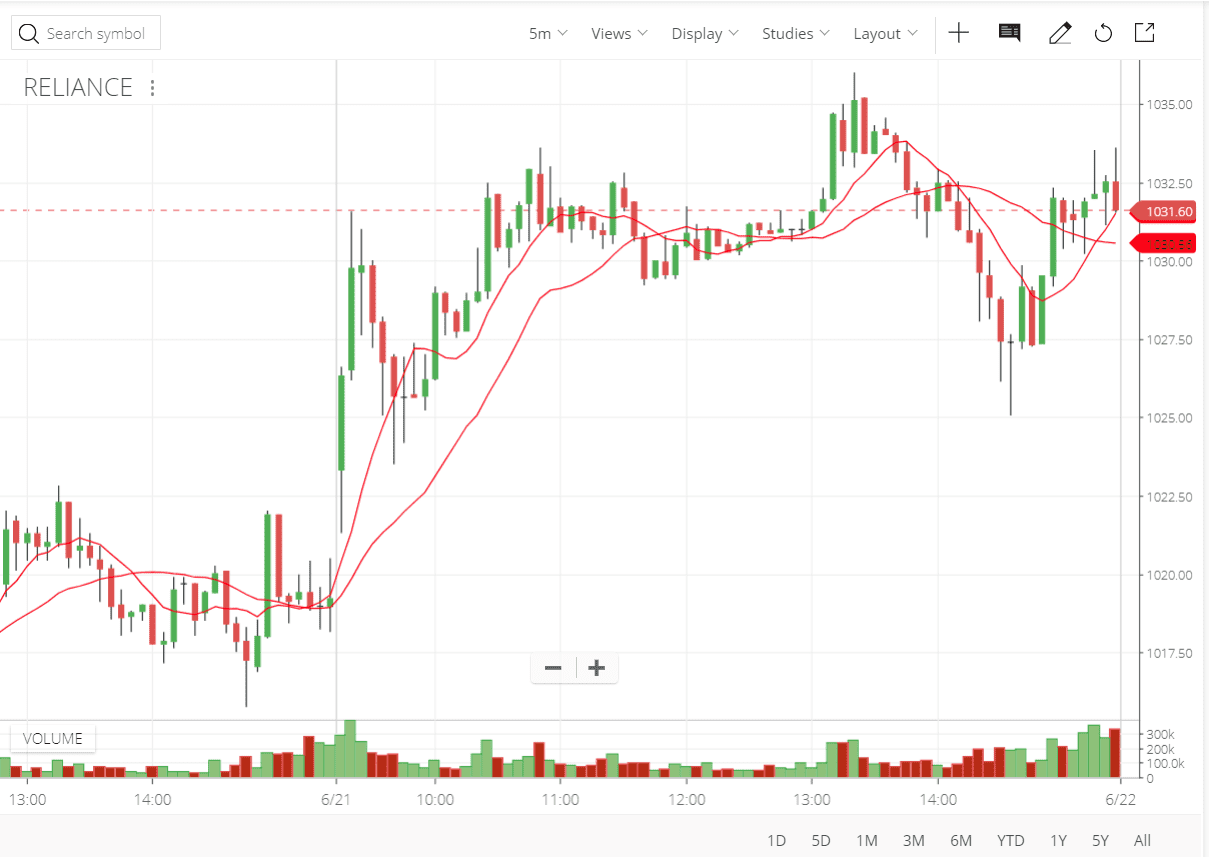Difference Between Liquid & Illiquid Stocks
Before understanding the difference between liquid and illiquid stocks, we should first understand the concept of liquidity.
What is liquidity in stocks?
Liquidity is simply an assessment of how easily stocks of a company can be bought and sold. There is no technical measurement for liquidity but you don’t need one either.
Let’s say you have a flat in Juhu Beach, Mumbai and a piece of land in your remote village. Which of them would be easy to sell? It would be much easier to sell the Juhu Beach flat because there are many more prospective buyers interested in that location. If you need cash quickly, the easier (may not be the best) way would be to sell the flat.
In simple terms, liquidity means the ease with which one can find buyers and sellers for a stock.
Stock liquidity: not a great concern for investors
An investor buys a stock with a very long horizon in mind (5 years, 10 years and beyond). The view is to buy a good business that will give capital appreciation over a long period of time. Investors expect high rate of returns on their investments because their capital is blocked for a significant period of time.
Now, let’s say you bought a stock at ₹100 per share and the stock ran like a rocket and went up to ₹800 in the next few years. You decided to cash in on this amazing profit. The day of selling the stock, you found that very few buyers are in the market and the best price you were getting was ₹795. Would you be bothered by that? Most likely not.
Why? Because when you’re sitting on a profit of 700%, a few percentage points here are there do not matter. What really matters in investing is finding the company that can generate that kind of returns.
Stock liquidity: very important for traders
Unlike investors, traders expect relatively modest percentage gains. In contrast to 5 or 10 times appreciation, a trader thinks 4-5% kind of returns because the holding period of the trade is very short (same day to max few days/weeks) and most of the time, he would have taken leverage from broker.
Now, let’s say you bought a stock on an intraday basic at ₹100 per share and when the price goes up to ₹105, you are ready to sell. When you’re about to place the sell order, you find out that the buyers are willing to pay ₹102 for it. Would you be bothered by that? Of course you would.
Why? Because in trading, the margin of gains are much smaller than investing and any “slippage” digs into your profits. At ₹105, you were sitting on 5% profits whereas at ₹102, you would only make half of that.
Therefore, in order to avoid these large “spreads”, trading should only be done in liquid stocks.
Difference between liquid & illiquid stocks
Liquid stocks are those of big companies where there is maximum amount of interest from big institutional investors. These are the names you would be familiar with : Reliance, TCS, Infosys, L&T, Airtel etc.. All the large caps and most of the mid caps belong to this category.
Illiquid stocks are the usually small or micro cap companies. They may be great for investment but really bad for trading.
How to check liquidity of a stock?
Easiest way to check the liquidity of a stock is to look at its intraday chart. Take a look the 5-min chart of Reliance Industries. Do you see
Howdy!
If you’re here for the first time, let’s get introduced.
VRD Nation is India’s premier stock market training institute and we (Team VRD Nation) are passionate about teaching each and every aspect of investing and trading.
If you’re here for the first time, don’t forget to check out “Free Training” section where we have tons of free videos and articles to kick start your stock market journey.
Also, we got two awesome YouTube channels where you can continue the learning process.
Must-Read Articles
Difference Between Liquid & Illiquid Stocks
Before understanding the difference between liquid and illiquid stocks, we should first understand the concept of liquidity.
What is liquidity in stocks?
Liquidity is simply an assessment of how easily stocks of a company can be bought and sold. There is no technical measurement for liquidity but you don’t need one either.
Let’s say you have a flat in Juhu Beach, Mumbai and a piece of land in your remote village. Which of them would be easy to sell? It would be much easier to sell the Juhu Beach flat because there are many more prospective buyers interested in that location. If you need cash quickly, the easier (may not be the best) way would be to sell the flat.
In simple terms, liquidity means the ease with which one can find buyers and sellers for a stock.
Stock liquidity: not a great concern for investors
An investor buys a stock with a very long horizon in mind (5 years, 10 years and beyond). The view is to buy a good business that will give capital appreciation over a long period of time. Investors expect high rate of returns on their investments because their capital is blocked for a significant period of time.
Now, let’s say you bought a stock at ₹100 per share and the stock ran like a rocket and went up to ₹800 in the next few years. You decided to cash in on this amazing profit. The day of selling the stock, you found that very few buyers are in the market and the best price you were getting was ₹795. Would you be bothered by that? Most likely not.
Why? Because when you’re sitting on a profit of 700%, a few percentage points here are there do not matter. What really matters in investing is finding the company that can generate that kind of returns.
Stock liquidity: very important for traders
Unlike investors, traders expect relatively modest percentage gains. In contrast to 5 or 10 times appreciation, a trader thinks 4-5% kind of returns because the holding period of the trade is very short (same day to max few days/weeks) and most of the time, he would have taken leverage from broker.
Now, let’s say you bought a stock on an intraday basic at ₹100 per share and when the price goes up to ₹105, you are ready to sell. When you’re about to place the sell order, you find out that the buyers are willing to pay ₹102 for it. Would you be bothered by that? Of course you would.
Why? Because in trading, the margin of gains are much smaller than investing and any “slippage” digs into your profits. At ₹105, you were sitting on 5% profits whereas at ₹102, you would only make half of that.
Therefore, in order to avoid these large “spreads”, trading should only be done in liquid stocks.
Difference between liquid & illiquid stocks
Liquid stocks are those of big companies where there is maximum amount of interest from big institutional investors. These are the names you would be familiar with : Reliance, TCS, Infosys, L&T, Airtel etc.. All the large caps and most of the mid caps belong to this category.
Illiquid stocks are the usually small or micro cap companies. They may be great for investment but really bad for trading.
How to check liquidity of a stock?
Easiest way to check the liquidity of a stock is to look at its intraday chart. Take a look the 5-min chart of Reliance Industries. Do you see

















![What is Virtual Contract Note [Zerodha]](https://www.vrdnation.com/wp-content/uploads/2023/10/maxresdefault-virtual-note-500x383.jpg)



Leave A Comment